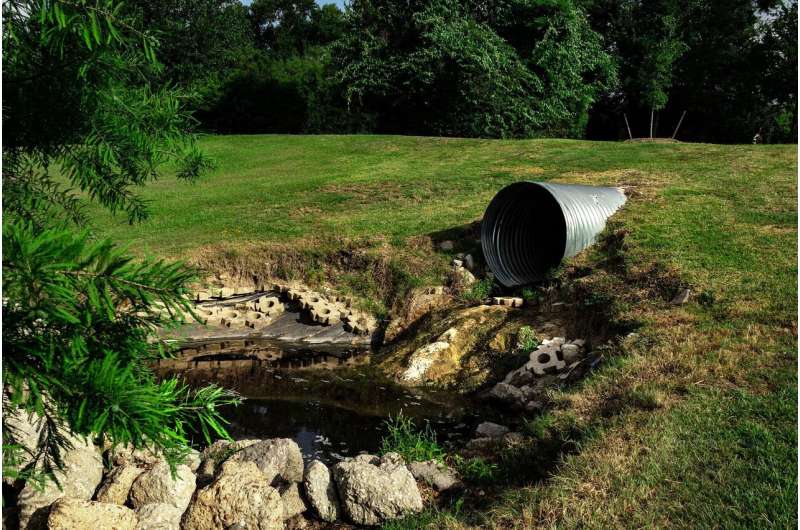Novel microorganism has potential to treat high-ammonium wastewater

Water pollution has become increasingly serious, and the main pollutant in most water bodies is nitrogen. Microbial nitrification/denitrification is one of the most effective nitrogen removal pathways for wastewater.
Generally, the traditional processes of microbial nitrogen removal include two parts: aerobic nitrification and anaerobic denitrification. Nitrification and denitrification can be carried out simultaneously in one reactor by a class of microorganisms—heterotrophic nitrification-aerobic denitrification (HN-AD) bacteria.
A research group led by Prof. Wu Jinshui from the Institute of Subtropical Agriculture (ISA) of the Chinese Academy of Sciences isolated a novel heterotrophic nitrification-aerobic denitrification bacterium—Alcaligenes faecalis WT14, which has the potential to treat high-ammonium wastewater.
The study was published in Journal of Environmental Management on Jan. 16.
The researchers found WT14 could tolerate high concentration ammonia nitrogen (NH4+-N) up to 2000 mg·L-1 and had an efficient NH4+-N removal rate of 55.9 mg·L-1·³ó-1.
Unlike other Alcaligenes faecalis species, WT14 could efficiently remove high concentration nitrate (NO3—N) or nitrite (NO2—N) when they are the sole nitrogen sources.
These results implied that WT14 is a novel Alcaligenes faecalis strain and has the potential for treating wastewater containing high-strength NH4+-N, NO3—N, or NO2—N.
More information: Junli Chen et al. Nitrogen removal characteristics of a novel heterotrophic nitrification and aerobic denitrification bacteria, Alcaligenes faecalis strain WT14, Journal of Environmental Management (2021).
Journal information: Journal of Environmental Management
Provided by Chinese Academy of Sciences



















